Welcome to the world of AI-driven customer interactions, where advanced technology meets customer service. This exciting combination is changing how businesses connect with their clients. AI-driven chatbots or virtual assistants are not just about responding; they're about understanding, personalizing, and revolutionizing the customer experience.
Importance of AI in Enhancing Customer Experience
Artificial Intelligence in CX is more than just a technological advancement; it’s a pivotal tool in crafting memorable customer experiences. By integrating AI, businesses can analyze and respond to customer needs with unprecedented precision and speed. This leads to not only satisfied customers but also to building lasting relationships based on efficiency and understanding.
Today's chatbots represent a significant leap from their rule-based predecessors. These advanced AI-powered chatbots harness the power of natural language processing and machine learning, to offer interactions that are more human-like, intuitive, and efficient.
Understanding AI Chatbot Implementation
Let’s take a closer look at how these AI powered chatbots are implemented, shall we? This journey is all about delving into the technology that breathe life into chatbots. It’s about integrating a system that’s not just automated but intelligent and intuitive.
Here, we’re not just programming responses; we’re crafting a conversational partner that learns, adapts, and grows. A well-planned chatbot implementation strategy is crucial for enhancing overall CX.
Step-by-Step Guide to Implementing AI-Driven Chatbots
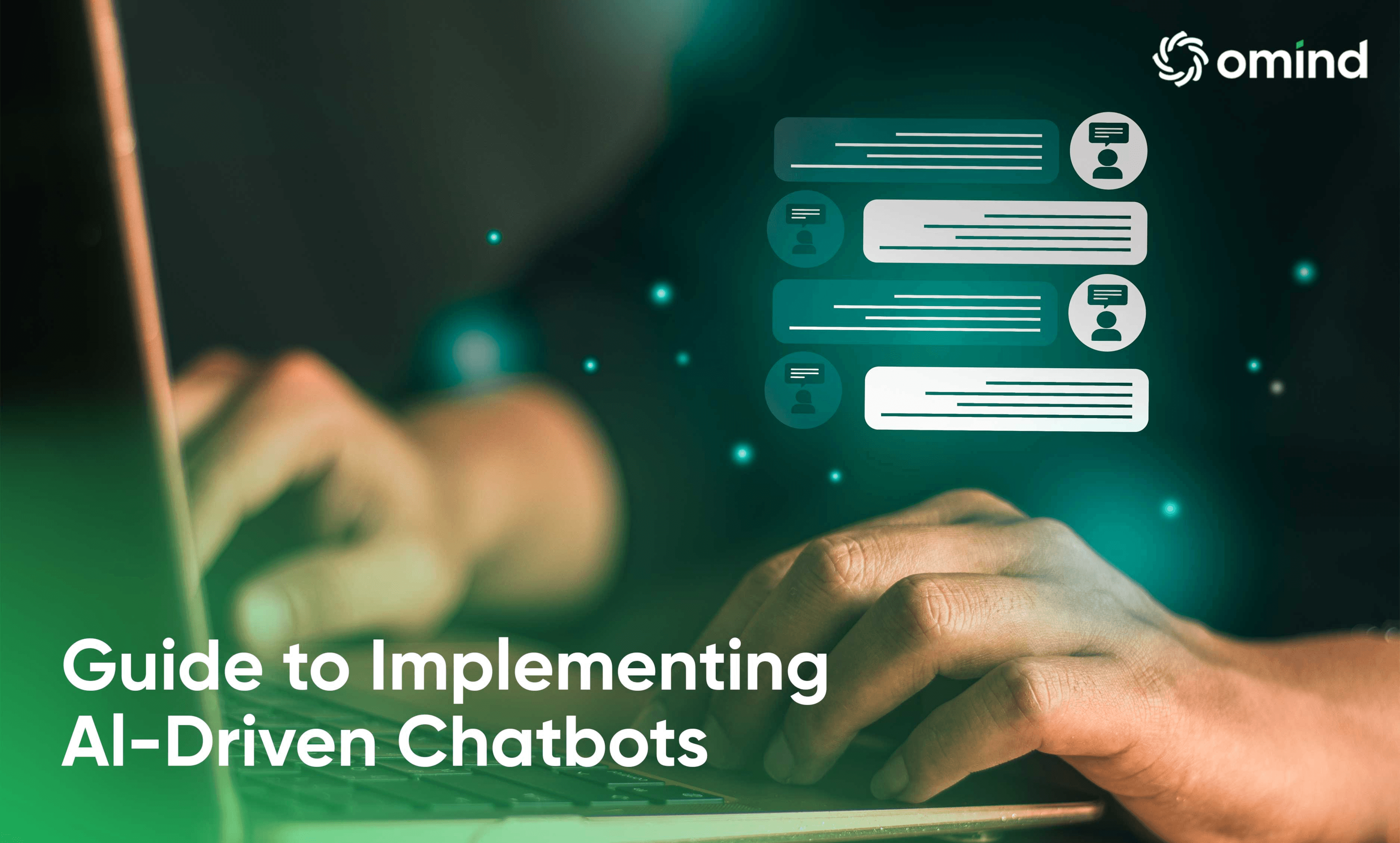
Ready to implement AI-driven chatbots? Our step-by-step guide will lead you through the process, from planning to deployment, ensuring a smooth integration into your business.
Step 1: Identify Your Needs and Goals
Before diving into the world of chatbots, it’s crucial to pinpoint what you need them for. Are you looking to improve customer service, boost sales, or provide round-the-clock support? Setting clear goals helps in tailoring the chatbot to your specific requirements. Additionally, understanding the customer journey is essential to identify needs and goals effectively.
Sep 2: Choose the Right AI Technology
Selecting the appropriate AI technology is like picking the right ingredients for a gourmet dish. Whether it's natural language processing, machine learning, or a combination of several AI technologies, your choice should align with your chatbot's intended purpose.
Step 3: Design the Chatbot's Conversational Flow
Crafting your chatbot’s conversation flow is akin to writing a script for a play. It involves mapping out potential conversations, deciding on the tone, and ensuring the chatbot can understand customer intent and provide appropriate responses to a variety of customer queries effectively.
Step 4: Integrate with Your Existing Systems
Integrating your AI chatbot with existing systems is like connecting the dots in a complex puzzle. This step ensures your chatbot can access and utilize necessary data to provide accurate and helpful responses.
Step 5: Train Your Chatbot
Training your chatbot with relevant data and scenarios is similar to coaching an athlete. This phase involves feeding it with the right information, customer interaction scenarios according to the customer journey map, and continuously refining its responses based on feedback.
By doing so, the chatbot becomes adept at handling customer inquiries effectively.
Step 6: Test and Deploy
Before going live, test your chatbot rigorously. It's like a dress rehearsal before the big show. Ensure it responds accurately in various scenarios and make necessary adjustments. Once satisfied, deploy it to start interacting with your customers.
Step 7: Monitor and Continuously Improve
Post-deployment, continuously monitor your chatbot's performance. It's an ongoing process of learning and improvement, much like nurturing a plant. Gather feedback, analyze interactions, and make enhancements to keep your chatbot effective and relevant.
Challenges in AI Chatbots Implementation

Navigating the world of AI chatbot implementation isn't without its hurdles. In this section, we'll shine a light on some common challenges you might face and provide practical solutions to overcome them.
Understanding User Intent
One of the trickiest parts is ensuring your chatbot accurately understands user intent. It's like trying to read someone's mind through their words. Overcome this by implementing advanced NLP techniques and continuously training your chatbot with diverse user queries.
Maintaining Conversational Context
Keeping track of the conversation's context can be challenging, like following a story with multiple plot twists. To tackle this, use AI algorithms that can remember previous interactions and respond accordingly, ensuring a coherent and relevant conversation flow.
Handling Unexpected Queries
Chatbots can get stumped by out-of-the-blue questions, similar to a pop quiz on an unfamiliar topic. Prepare your chatbot for these surprises by integrating a robust fallback mechanism, such as redirecting to human support or asking clarifying questions. This way, human agents can step in to handle more complex customer issues when chatbots are faced by unexpected queries.
Ensuring Data Privacy and Security
Protecting user data is paramount, akin to safeguarding a treasure chest. Ensure your chatbot is built with stringent data security measures and complies with privacy laws to maintain user trust and legal compliance.
Achieving Continuous Improvement
The AI chatbot journey doesn't end at deployment. It's an ongoing process, much like tuning a musical instrument for the best sound. Regularly analyze chatbot interactions, gather user feedback, and update the system to enhance performance and user experience.
Best Practices for AI-Driven Chatbot Integration
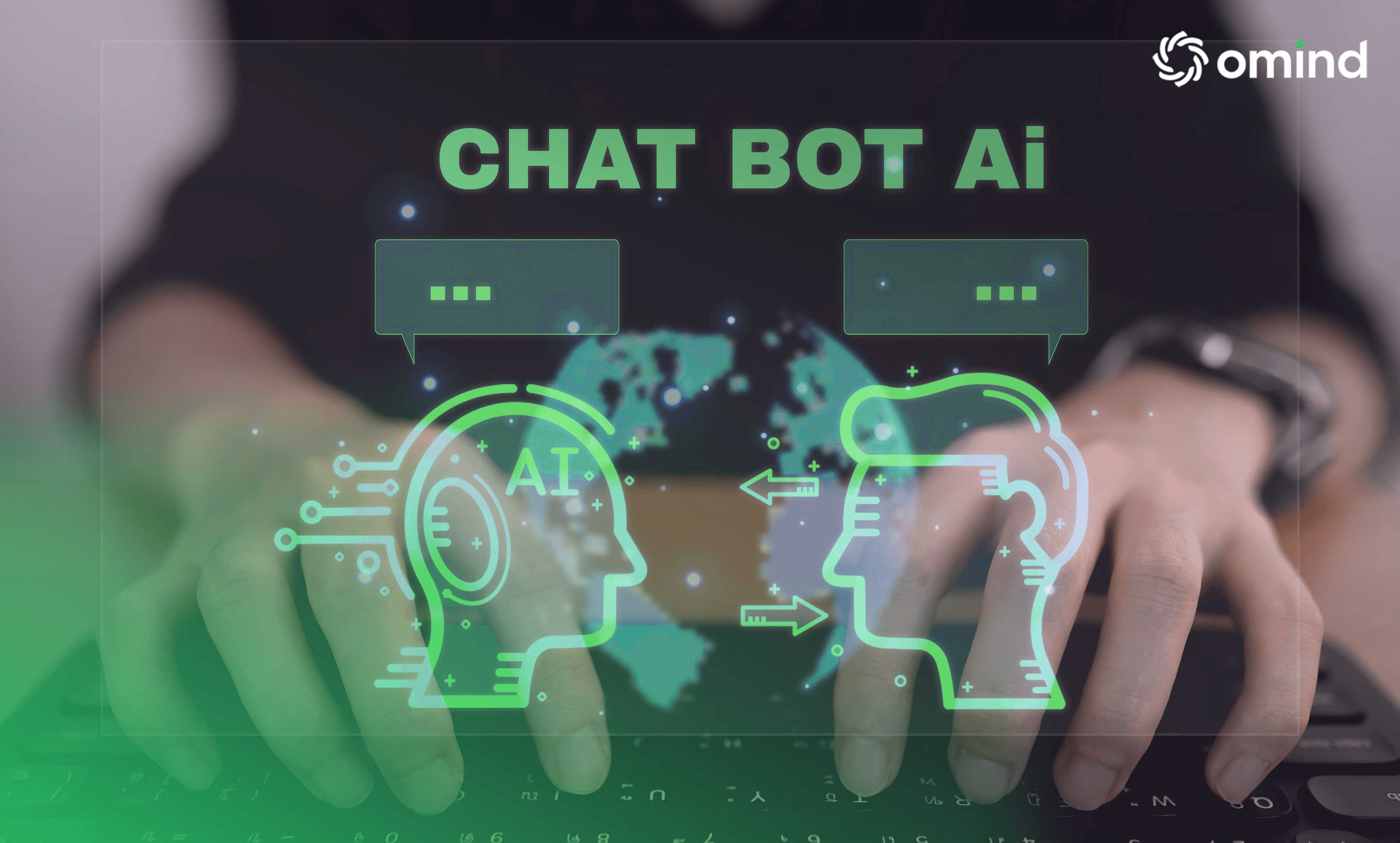
Let's explore some best practices to ensure your chatbot not only fits in seamlessly but also excels in its role.
Start with a Clear Strategy
Like setting a course for a voyage, begin with a clear strategy for your AI chatbot. Define its role, target audience, and the specific problems it will solve. For instance, Amtrak's chatbot, 'Julie', was designed to streamline customer service, resulting in a 25% increase in bookings.
Focus on User Experience
Design your chatbot to replicate and understand human conversation, making it user-friendly and engaging, like a welcoming host at a party. Sephora’s chatbot on Kik provides a great example, offering personalized makeup tips and product recommendations, enhancing the shopping experience.
Ensure Seamless Integration
Your chatbot should integrate smoothly with existing systems, like a new teammate working in harmony with the crew. Domino's Pizza's chatbot, 'Dom', integrates with their ordering system, allowing customers to order pizza directly through the chatbot.
Regularly Train and Update
Keep your chatbot sharp and informed, similar to continuous training for an athlete. Regular updates based on user interactions and feedback will keep it relevant and effective. Bank of America’s ‘Erica’ is a prime example, evolving through customer interactions to provide better financial guidance.
Additionally, training the chatbot to understand human language through natural language processing is crucial for deciphering customer sentiment and intention, leading to more empathetic and effective support experiences.
Prioritize Privacy and Security
Treat user data with utmost care, as if guarding a precious secret. Implement robust security measures and comply with data protection laws to build trust. GDPR compliance in chatbots, like those used in European banks, is a good example.
Monitor and Analyze Performance
Regularly monitoring your chatbot's performance is like conducting health check-ups. Use analytics to understand user interactions and make data-driven improvements. The chatbot used by the University of Leeds for student inquiries is a testament to this, with constant monitoring leading to improved query handling.
Prepare for Scalability
Design your chatbot to grow with your business, like planting a tree that grows with time. Ensure it can handle increased interactions and expanding functionalities. The chatbot used by H&M scales up during high traffic periods like sales or holidays, maintaining efficient customer service.
Encourage Feedback and Adapt
Treat feedback as a golden opportunity for improvement. Encourage user feedback to meet customer expectations and adapt your chatbot accordingly. Slack’s chatbot regularly undergoes changes based on user suggestions, making it more efficient in assisting users.
By following these best practices and learning from real-world examples, you can ensure your AI-driven chatbot not only meets but exceeds expectations, becoming an invaluable asset to your business.
Tips for Maintaining and Updating AI Chatbots
In this section, we will discuss key tips to ensure your AI chatbots remain efficient and innovative, effectively meeting your customer needs.
Data Review and Analysis
Review interaction data to understand how your chatbot is being used. This analysis can reveal patterns and areas for improvement, much like a coach reviewing game tapes.
User Feedback Incorporation
Actively seek and incorporate user feedback. This direct input is invaluable for making your chatbot more user-friendly and effective, akin to customer-driven innovation.
Learning and Adaptation
Implement machine learning algorithms that allow your chatbot to learn from interactions and adapt over time, ensuring it stays relevant and efficient, much like a student continuously learning from new experiences.
Routine Testing and Quality Assurance
Regularly test your chatbot for various scenarios to ensure it performs well under different conditions. Think of it as a routine health check-up to maintain optimal performance.
Stay Updated with AI Advancements
Keep abreast of the latest developments in AI and chatbot technology. Integrating new features and capabilities can keep your chatbot at the cutting edge, much like upgrading software for better performance.
Scalability and Flexibility
Ensure your chatbot is scalable and can handle increased loads or expanded functionalities. This foresight is like planning a building with the potential for future expansion.
By incorporating these maintenance tips, your AI chatbot can remain a dynamic, evolving tool that continuously meets and exceeds the evolving needs of your users.
Real-World Examples of AI Chatbots Implementation
Now that we’ve delved into the best practices and essential tips for integrating AI-driven chatbots, let’s turn our attention to organizations that have successfully implemented the earlier discussed steps into their chatbots.
These stories will shed light on the practical application and effectiveness of AI chatbots in real-world scenarios. Additionally, such real-world illustrations emphasize the importance of a successful chatbot strategy in achieving sustainable business growth.
Starbucks' 'Barista Bot'

Starbucks introduced a chatbot that takes orders via voice command or messaging. This AI-driven bot not only streamlined the ordering process but also personalized customer experience, leading to increased customer satisfaction and sales.
Lyft's On-Demand Ride Chatbot
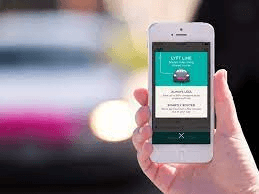
Lyft's integration of a chatbot into messaging platforms like Facebook Messenger and Slack allows users to request a ride with simple text commands. This convenience has enhanced user experience and expanded Lyft's customer base.
HealthTap's AI Health Advice Chatbot
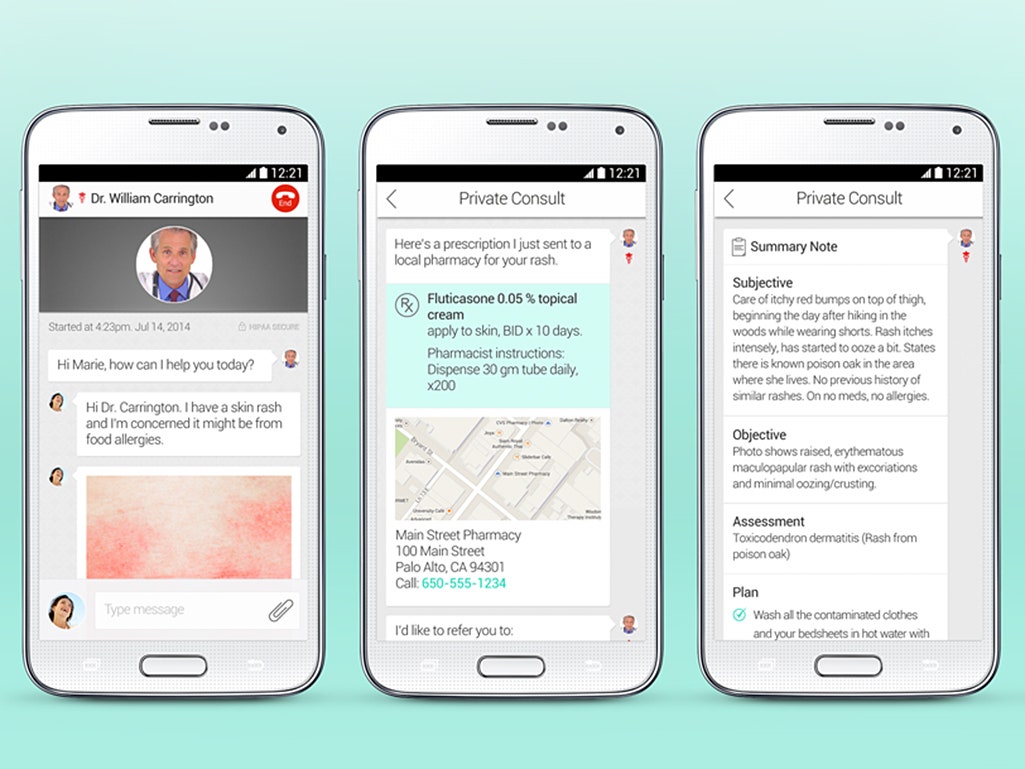
HealthTap's chatbot provides personalized health advice and connects users with doctors for further consultation. This innovative use of AI in healthcare has made medical advice more accessible and efficient.
Duolingo's Language Learning Chatbot
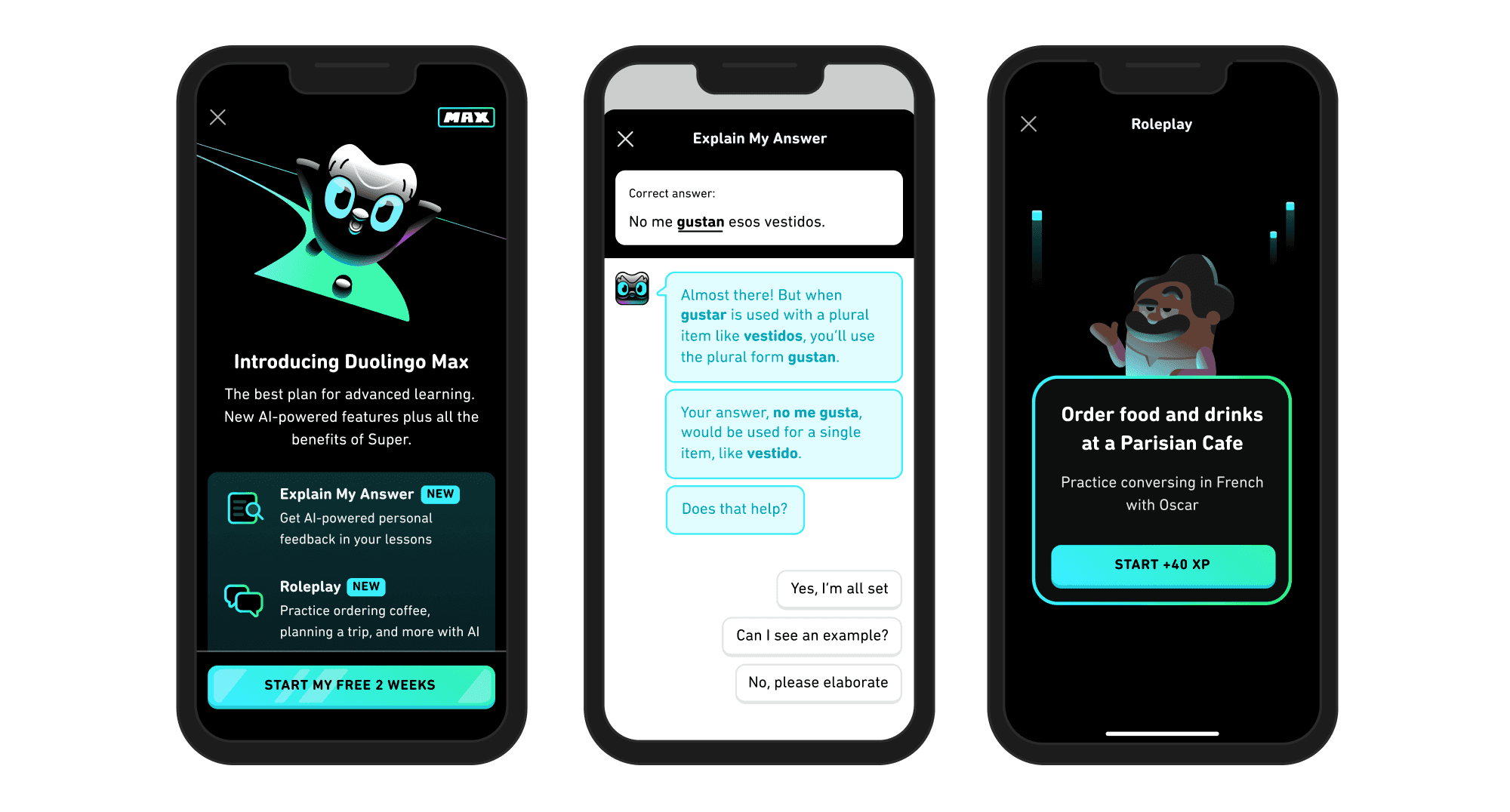
Duolingo offers a chatbot for users to practice conversation in different languages. This interactive approach to language learning has significantly improved user engagement and learning outcomes.
Takeaway
As we've explored throughout this blog, it's clear that AI-driven chatbots represent a significant leap forward in the world of customer service and engagement. Embracing this technology not only enhances customer experience but also paves the way for innovative, efficient, and more personalized service.
Remember, the successful integration of AI-driven chatbots is a continuous journey of learning, adapting, and evolving. From crafting a clear strategy to prioritizing user experience, and from ensuring seamless integration to regular updates and maintenance, each step is crucial in making your chatbot effective, secure, and adaptable. As you set out on this exciting path, keep these insights and strategies in mind to ensure your chatbot becomes a cornerstone of your customer engagement strategy.
With the right approach and tools, AI chatbots can become an invaluable asset, revolutionizing the way you interact with and serve your customers. In this journey towards customer interaction excellence through AI, it is crucial to partner with a reliable name to help you seamlessly transition into the future of customer experience. This is where Omind shines.
Omind's team is passionately focused on equipping businesses with the necessary resources and knowledge to exceed customer expectations and excel in customer experience (CX). We have a deep understanding of the intricacies involved in AI-driven interactions and are devoted to guiding you through this tough terrain smoothly and confidently.
Schedule a Demo to discover how we can assist you in transforming your AI driven customer interactions.
AUTHOR
Team Omind
Empowering Businesses with Unified Customer Experience Platform, Leveraging Advanced AI and Intelligent Automation
PRODUCT
Gen AI Chatbot
Share LINK
Related Blogs




